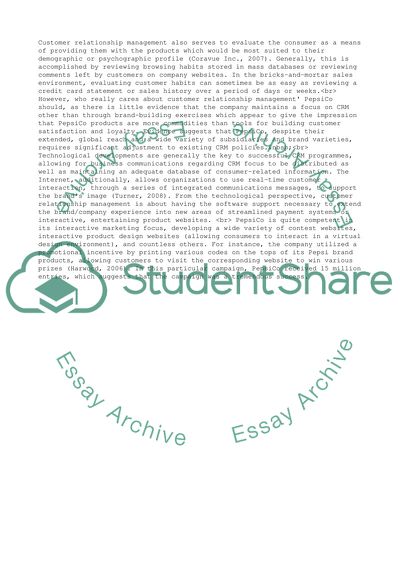Cite this document
(“Customer Relationship Management Essay Example | Topics and Well Written Essays - 3750 words”, n.d.)
Retrieved from https://studentshare.org/business/1532619-customer-relationship-management-essay
Retrieved from https://studentshare.org/business/1532619-customer-relationship-management-essay
(Customer Relationship Management Essay Example | Topics and Well Written Essays - 3750 Words)
https://studentshare.org/business/1532619-customer-relationship-management-essay.
https://studentshare.org/business/1532619-customer-relationship-management-essay.
“Customer Relationship Management Essay Example | Topics and Well Written Essays - 3750 Words”, n.d. https://studentshare.org/business/1532619-customer-relationship-management-essay.


